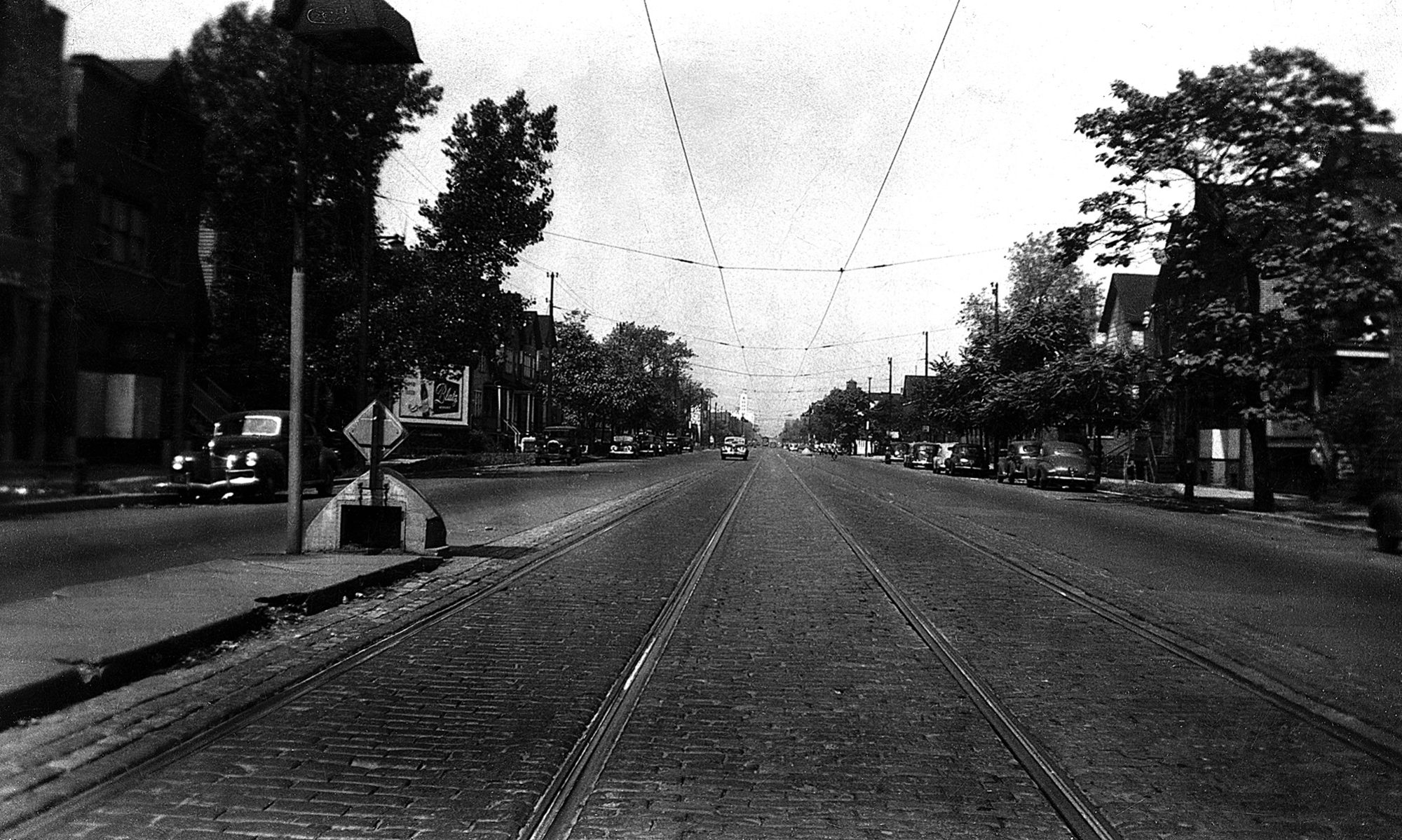When I began to post my photographic images on the Internet, I researched copyrights and found that it was easy to apply an unregistered copyright to an image. All you need to do is use the copyright symbol followed by the year of origin and your name. At the time, ownership of the images and the right to control their use were my concerns. I thought that copyright was the only alternative.
There are two practical problems with using copyrights. First, enforcing a copyright relies on the integrity of the entity that wants to use the image. Placing an image on the Internet and making it available to search engines makes it available to the world seems to invite an infringement. In that scenario, if someone misuses an image, how in the world will I necessarily discover the infringement of the copyright? Second, my interpretation of information on the U.S. Copyright Office web site is that an unregistered copyright may not provide the desired level of protection, including recovery of damages.
The alternative that I use is Creative Commons. The protection of my work still relies on the integrity of the entity seeking to use it, but it makes compliance much easier. I give up my “right” to compensation, but retain the right to be recognized as the creator. The entity that desires to use my work needs only to attribute the work to me and conform to other terms and conditions of the specific Creative Commons license. I am more likely to have my work used under these conditions and all I really desire is recognition. The other terms and conditions that can be specified under Creative Commons control further distribution and adaptation by the licensee.
Recently I discovered a peril of Creative Commons. I received a message on Flickr from the Corporate Accountability Lab asking for confirmation of the Creative Commons licensing terms and conditions for a specific image that belongs to me. The image was taken at the Occupy Inauguration Boston protests on 20 February 2017, conducted on the Boston Common. In this day of sometimes unfathomable sensitivities, it is easy to attribute a motive to me for posting them. The Web site stated, “As a non-profit organization we rely upon the generosity of our donors, both our fiscal donors and our creative donors.”
I am flattered that they like my image, but was not so happy that I was identified as a donor to the organization. As a street photographer, I capture events as they happen and my opinion doesn’t count. My opinion is not the point: the point is the image itself. They are free to use my image, but I objected to the implication that I support their mission. They were responsive to my concern and updated the wording.
In spite of this annoyance, I will continue to use Creative Commons licensing. It gives me the best chance of getting what I desire most with my images: recognition. My images give me a lot of satisfaction for their own sake, but I like to think that if someone else likes them well enough to reuse them, the work gets attributed to me.
